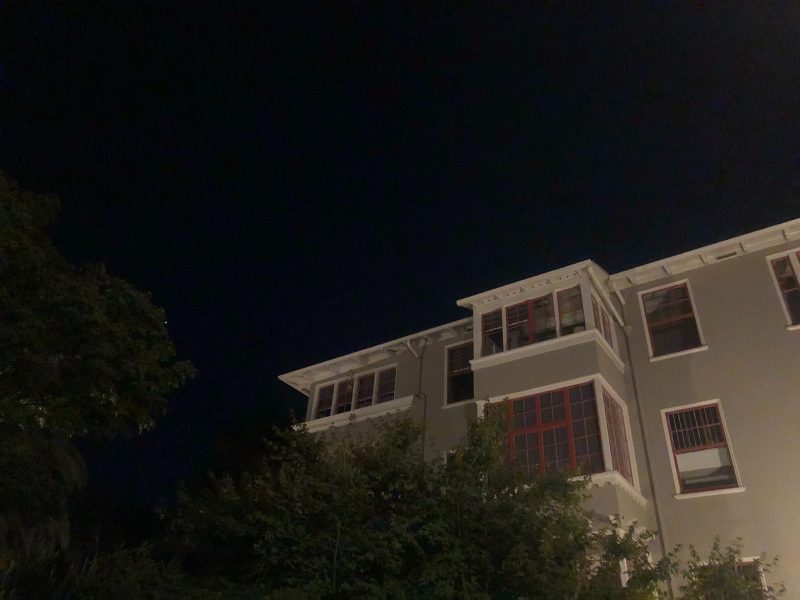187 incidents of sexual harassment and assault were reported to the University in the 2019-20 academic year, down from 279 reports in the previous year, according to Stanford’s annual Title IX/Sexual Harassment report, which was released on Monday. Although eight staff or faculty member perpetrators separated from the University after the initiation of an investigation, no student perpetrators were expelled.
The report attributes the decline in numbers to the closure of the University due to the COVID-19 pandemic, writing that before “Covid-related restrictions, the number of reports was generally tracking to 2018-19 levels.” Advocates contend that the contents of the report again demonstrate that Stanford does not sufficiently punish perpetrators of sexual violence.
Of the 187 incidents, 45 were reports of sexual harassment in the workplace or an academic setting, 19 were of sexual harassment in a student setting and 16 were of nonconsensual intercourse or sexual assault. Additionally, there were 19 reports of nonconsensual touching, six reports of relationship violence, 17 reports of stalking, 7 reports of gender discrimination, one report of a violation of a University directive and 21 reports classified as “other.” There were also 36 uncategorizable reports.
Additionally, the report summarized the changes that the University made in the wake of the DeVos Title IX regulations, which resulted in Stanford combining the Title IX, Sexual Harassment Policy and Sexual Assault and Relationship Abuse Education and Response offices into the Sexual Harassment/Assault Response & Education (SHARE) Title IX Office. Stanford also released three separate procedures for investigating reports of sexual violence: the updated Title IX procedure, the SHARE Hearing Procedure and the SHARE Investigation Procedure. These procedures went into effect on Aug. 14, and as a result, incidents reported on that day and afterwards will be included in the 2020-2021 Title IX Report.
Outcomes for student perpetrators included undergoing sexual citizenship counseling, a delay in receiving their degree or being placed on leave from Stanford for one or two quarters, according to the report. Students who are placed on leave may have restrictions placed on them, such as “staying away from campus and counseling regarding the inappropriate conduct,” according to a statement from University spokesperson E.J. Miranda. Miranda added that any restrictions “are based on the individual situation and assessment of the matter.”
However, law professor and survivor advocate Michele Dauber said the outcomes, which are less punitive than expulsion, demonstrate a failure by Stanford to hold perpetrators accountable.
“Accused students continued to enjoy negotiated outcomes such as a ‘quarter away from main campus’ for [committing] relationship violence, which presumably means that at Stanford spending a quarter in Italy is now a punishment,” Dauber told The Daily in an email.
Another concern raised by advocates pertained to the issue of Title IX hearings. According to the report, over the course of the 2019-2020 academic year, no hearings were conducted at all, with multiple investigations instead resulting in “non-hearing resolutions.” According to advocates, non-hearing resolutions often result in negotiated outcomes and consequently lighter sentences for perpetrators.
Advocates said survivors often feel pressure to participate in non-hearing resolutions for fear that the hearing process will be re-traumatizing and discouraging.
“If you are the luckiest survivor at Stanford, you were granted a hearing and [relived] your trauma, and for the end result to essentially be that your perpetrator receives a ten-week vacation is probably not the most heartening from the survivor standpoint,” said Betsy Kim ’22, a student government executive fellow for sexual violence prevention and Title IX who has previously written for The Daily. As a result, according to Kim, survivors may instead agree to pursue non-hearing resolutions, even if they do not entirely want one instead of a hearing.
Additionally, advocates have raised concerns that the processes involved in non-hearing resolutions are not sufficiently transparent. “We have heard from numerous survivors over many years that they feel coerced into going into this non-hearing resolution, and they go in not knowing what to expect because it is such a black box in the University,” said Krithika Iyer ’21.
According to Miranda, non-hearing resolutions are not pursued by the Title IX Office, although they are put forth as an option “when there is agreement between parties about the conduct and the appropriate outcome for a matter.” If there is no agreement between the parties, a hearing will instead be pursued. Regarding the impact of non-hearing resolutions, Miranda wrote, “The outcome of non-hearing resolutions includes the same remedies and sanctions, and carry equal effect as a hearing.”
Stanford is currently inviting comments and feedback on the annual report.
Contact Kathryn Zheng at kszheng ‘at’ stanford.edu.
